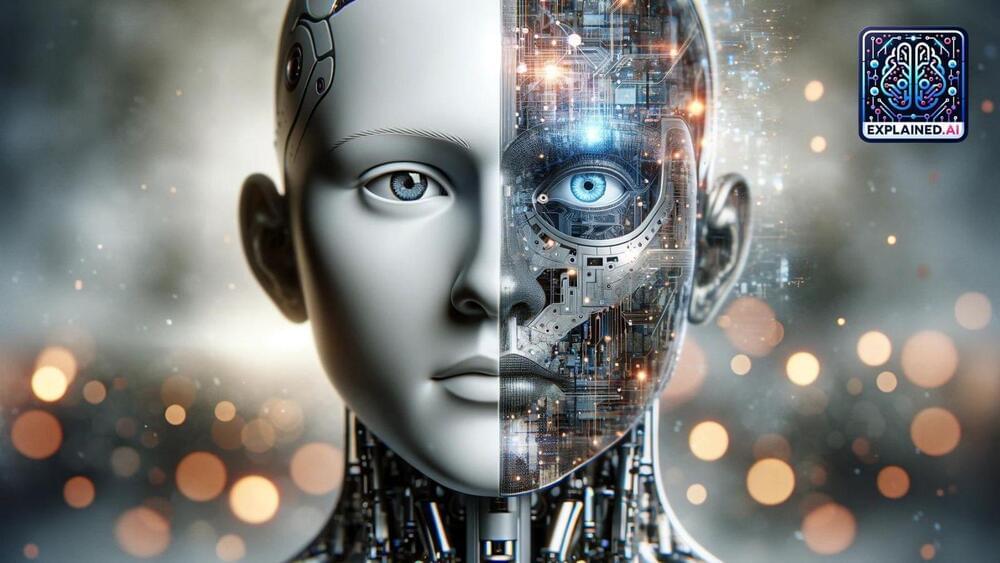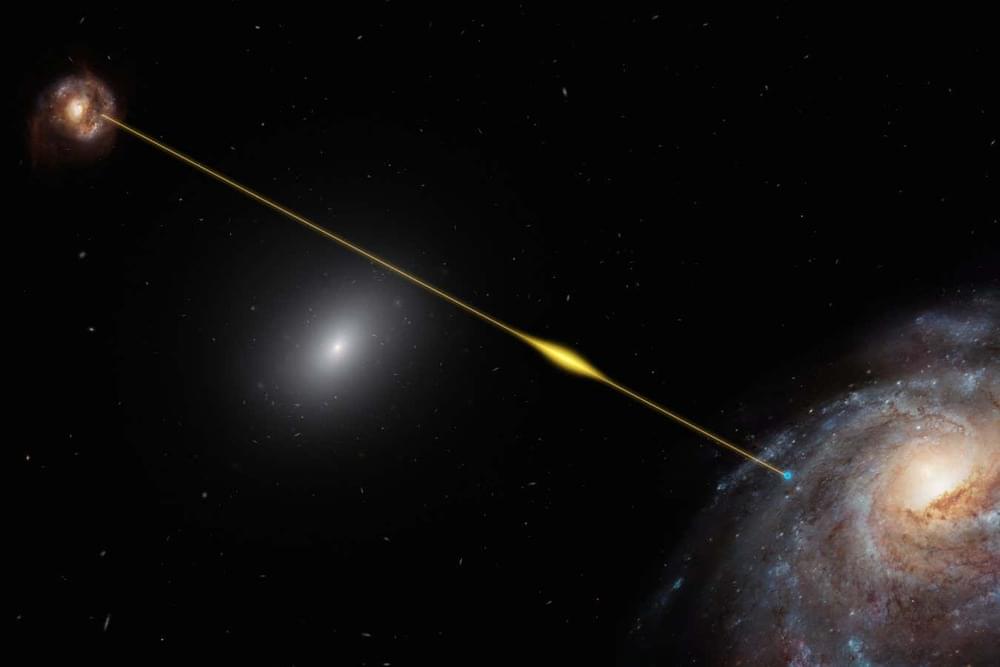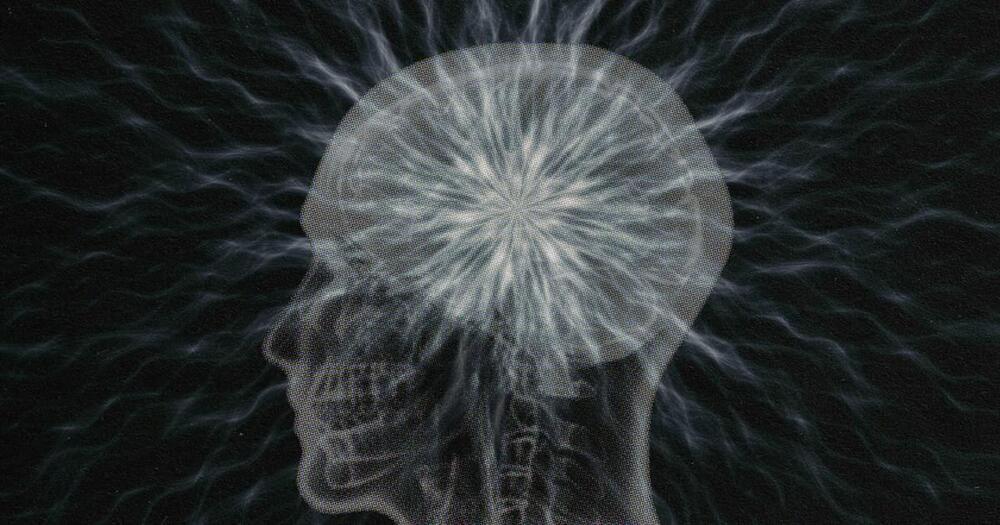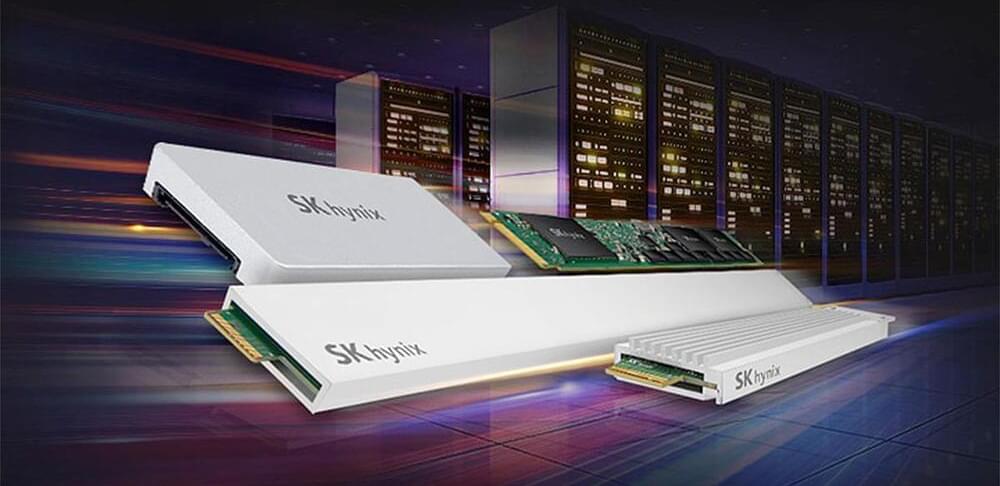Machines that could think and learn like humans. A blessing for humanity, or an existential threat?



Definition Neuromorphic computing refers to an emerging field of technology that mimics the structure, dynamics, and efficiency of the human brain to build artificial neural networks and advanced computing systems. By reproducing the brain’s fundamental workings, neuromorphic computing aims to create more efficient and powerful hardware and software solutions for complex, real-time problems. This approach […].
SpaceX is making significant advancements in their technology and preparations for future flights, including the potential game-changing horizontal tank setup and the bold move to catch the booster for Flight 5, marking a significant shift in the space launch industry Questions to inspire discussion What advancements i.

Strange bursts of radio waves called FRBs have long been mysterious, and one of the most famous sources of these flashes may have an unexpected planet.
By Leah Crane


A solar geoengineering experiment in San Francisco could lead to brighter clouds that reflect sunlight. The risks are numerous.
By Corbin Hiar & E&E News
CLIMATEWIRE | The nation’s first outdoor test to limit global warming by increasing cloud cover launched Tuesday from the deck of a decommissioned aircraft carrier in the San Francisco Bay.

“The better astronomical observations of the real thing can be, the more accurately we can reproduce what we see with our experiments on Earth,” Riko Senoo, a graduate student at the University of Tokyo and a TAO researcher, said in the statement. “I hope the next generation of astronomers use TAO and other ground-based and space–based telescopes to make unexpected discoveries that challenge our current understanding and explain the unexplained,” added Masahiro Konishi, a research associate at the University of Tokyo.
Before the newly opened telescope was built, Yoshii and his colleagues also assembled and operated a 1-meter telescope on the mountaintop in 2009. Dubbed miniTAO, the tiny telescope imaged the center of the Milky Way, our home galaxy. Two years later, miniTAO received the Guinness World Record for the highest astronomical observatory on Earth.


Their findings “may expand aqueous battery applications in the power battery field”, said corresponding author Li Xianfeng, a professor at the CAS Dalian Institute of Chemical Physics, who was quoted in a statement from the academy.
Lithium batteries are the standard used across the world because of their high energy density. Traditional lithium batteries contained a non-aqueous electrolyte – a component that allowed the battery to charge and discharge – which was flammable, the paper said.
Aqueous batteries are made up of a water-based electrolyte which does not present the same safety risks.

The Rabbit R1 handheld AI device is a simple Android device, and a developer made the AI run on an iPhone.
The Rabbit R1 offers the ability to answer queries and perform tasks using AI, instead of using an iPhone directly. However, the work of one enterprising developer has resulted in a clone of the “iPhone-killer” which can run on an iPhone.
In X tweets on Monday, Will Hobick of Flutterflow posted that he would be posting a “cloneable template” of the Rabbit R1 app later in the week. In a follow-up post on Tuesday, he demonstrates a version of the app running on an iPhone.